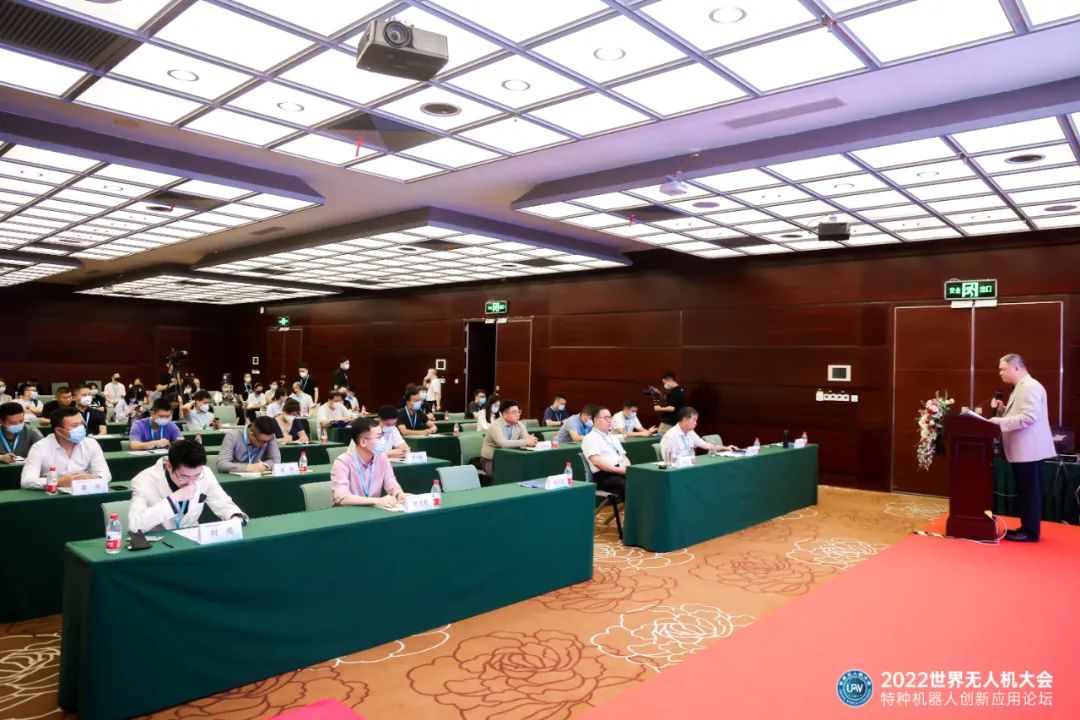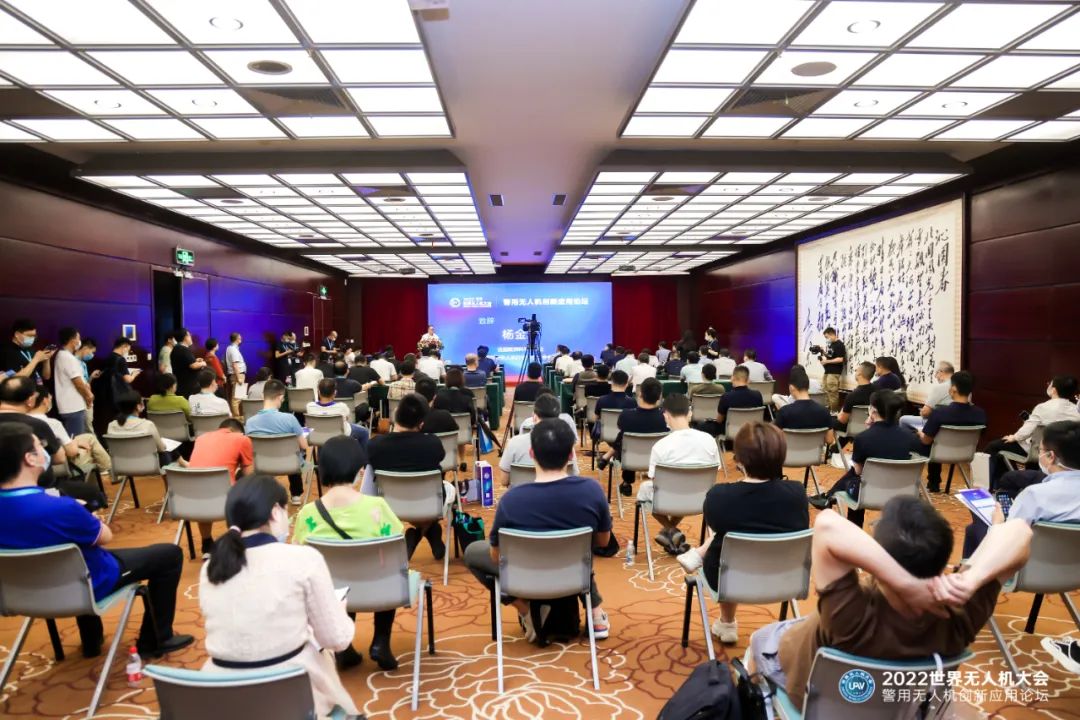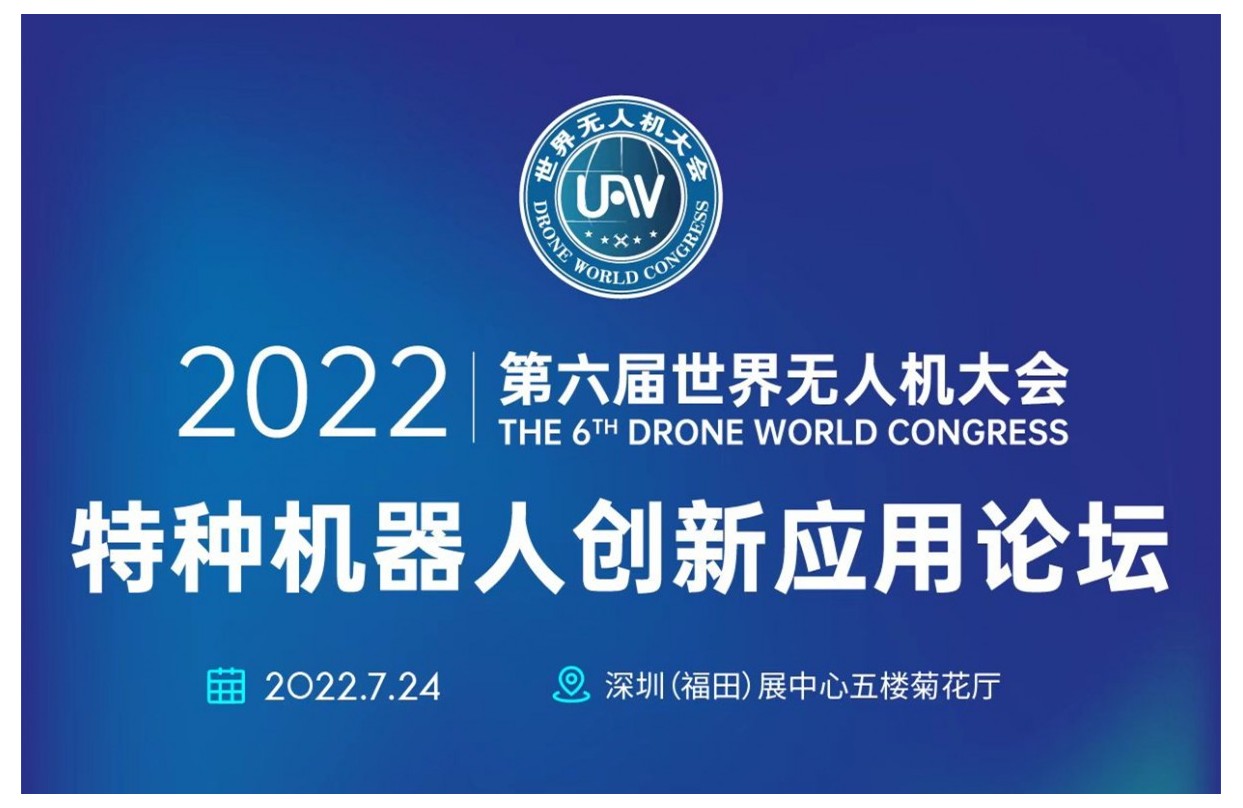根据最新的无人机行业洞察报告,先进空中交通(AAM)行业将以复合年增长率22.1%至2035年增至208亿美金。
The Advanced Air Mobility (AAM) industry is set to grow to USD20.8 billion by 2035 at a CAGR (compound annual growth rate) of 22.1%, according to the latest Drone Industry Insights report.

AAM是一个总体术语,它结合了城市空中交通(UAM),前者涉及在城市内交通上方运输人员和货物,以及区域空中流动(RAM),前者更侧重于连接农村的郊区、村庄和小城镇,以及被山区和河流隔开的岛屿或社区。除了eVTOL外,AAM仅在包含物理和通信基础设施(如顶点端口和无人流量管理(UTM)系统)的生态系统中工作。虽然很难总结AAM的细节以及该行业是如何走到这一步的,但让我们仔细看看推动这场革命的尖端技术。
AAM is an overarching term that combines both Urban Air Mobility (UAM), which involves transporting persons and cargo above the traffic within a city, and Regional Air Mobility (RAM) which is focused more on connecting suburbs, villages and small towns in the countryside as well as islands or communities separated by mountainous regions and rivers. Next to eVTOLs, AAM only works in an ecosystem that includes physical and communication infrastructures such as vertiports and Unmanned Traffic Management (UTM) systems. Though it’s hard to summarize the nitty-gritty details of AAM and how the industry got to where it is, let’s take a closer look at the cutting-edge technology driving this revolution.
以下是报告陈述的摘要:
The following are extracts from the report description:
“AAM有来自超过350家公司的600余个概念支撑,并在不断发展壮大。如今,有三十多个概念在测试阶段,即是认证流程的初步阶段。电动垂直起降机(eVTOL)要在人口密集的区域被广泛接纳并使用,必须满足几个重要的要求,包括安全性、降噪性、效率性、实惠性和环保性。”
“With over 600 concepts from over 350 companies, the AAM space is rapidly growing. Currently, 5% of these concepts are in the test phase, which is the preliminary stage of the certification process. To be widely accepted for use in densely populated areas, eVTOLs must meet several important requirements, including safety, noise reduction, efficiency, cost-effectiveness, and eco-friendliness.
eVTOL在重量方面,除去电池的额外重量,旨在比传统的直升机更加轻量。大多数制造商的目标是获取美联航局Part 27/29的认证,最大起飞重量为3175公斤并能承运最多9名乘客。在eVTOL行业,航程是中心讨论点,制造商希望航程能达到500公里,但是所要求的特定电池容量尚未成型。同时,与私家车相比,eVTOL平均为四座。
In terms of weight, eVTOLs aim to be much lighter than traditional helicopters, despite the added weight of batteries. Most manufacturers are targeting certification under FAA Part 27/29, with a maximum takeoff weight of 3,175kg and the ability to carry up to nine passengers. Range is a central point of discussion in the eVTOL industry, with manufacturers aiming for ranges of up to 500 km, although the required specific battery capacity does not yet exist. On average, manufacturers aim for four-seat eVTOLs – comparable to a private car.
无人机配送:小型和大型货物
Drone delivery: small and big cargo
首次进行的无人机配送任务是承运医疗物资。无人机医疗物资配送的试行和实行对于诸如卢旺达、加纳、瓦努阿图、印度和刚果民主共和国等欠发达国家来说是具有改革性的。此外,在许多西方国家,如瑞士,他们已经使用无人机配送服务两年了,测试器官移植的配送;还有一些国家用无人机进行食品配送,包括冰岛、芬兰、澳大利亚、美国等。随着电子商务以及各邮递服务巨头(沃尔玛、乐天、京东)进入无人机配送市场,零售商品和工业材料也开始由无人机配送。
“The first drone deliveries to take off have been those carrying medical goods. They are proving to be transformative for under-developed countries like Rwanda, Ghana, Vanuatu, and soon India and the Democratic Republic of Congo test and conduct medical drone deliveries. In more western countries, Switzerland has employed them for two years, testing organ transplant deliveries while several countries have already enjoyed food deliveries by drone including Iceland, Finland, Australia, the United States and many more. Finally, as e-commerce and postal service giants like Walmart, Amazon, Rakuten, JD.com enter the drone delivery market, retail goods and industrial materials are beginning to be delivered by drone.
当基础设施没有或受到严重限制时,大型货运无人机将提供最大的价值。将货物运输到偏远地区(例如海上石油钻井平台、岛屿等)通常需要缓慢且昂贵的解决方案。大型货运无人机可以飞越资金密集型地面基础设施(例如新道路、火车轨道或渡轮滑道)的建设,并将货物直接运送到消费点。然而,直接、第一英里/最后一英里、中英里/支线和枢纽转发之间的结合将是无人机配送物流和成功的关键组成部分。
When there is no or strongly limited access to infrastructure, big cargo drones offer most value. Transporting cargo to remote places (e.g. off-shore oil rigs, islands, etc.) often requires slow and costly solutions. Large cargo drones can leapfrog the price-intensive construction of ground infrastructure (e.g. a new road, train track orferry slips) and deliver goods directly to the point of consumption. However, the combination between direct, first-mile/last-mile, mid-mile/feeder, and hub forwarding will be a key component for the logistics and success of drone delivery.
垂直机场和着陆点
Vertiports and landing pads
地面基础设施有几种类型例如:无人机着陆点/站、无人机货物中心、垂直点/站、垂直中心和AAM中心,这些基础设施都有不同的性能并满足eVTOL和配送/货物中心的不同需求。最需要思考的问题包括地点、降噪、能源供应、维修和其他垂直机场将为社会增值的方面(如商店、食品等)。这也许是目前所有现有的垂直机场设计要求都以草案版本而不是完整法规的形式发布的原因之一。
There are several types of ground infrastructures such as: drone landing pads/stations, drone cargo hubs, verti-pads/verti-stops, verti-hubs and AAM-hubs, all of which have different capacities and fulfill different needs for eVTOLs and delivery/cargo drones. Among the top issues to consider are location, noise mitigation, power supply, maintenance, and any additional value to society that the vertiports would bring (e.g. shops, food, etc). This is perhaps one reason why all existing requirements for vertiport design are currently published as draft versions rather than complete regulations.






